The condition of your sails can have a huge impact on the performance of your boat. New sails can transform your sailing experience, helping you sail faster and heel less. But sails don’t stay new forever. Old sails stretch and lose their shape, becoming less effective and efficient.
There are things you can do to keep your sails in good condition for longer though. Following these simple sail care guidelines will save you money, and increase your enjoyment of your sails and your boat.
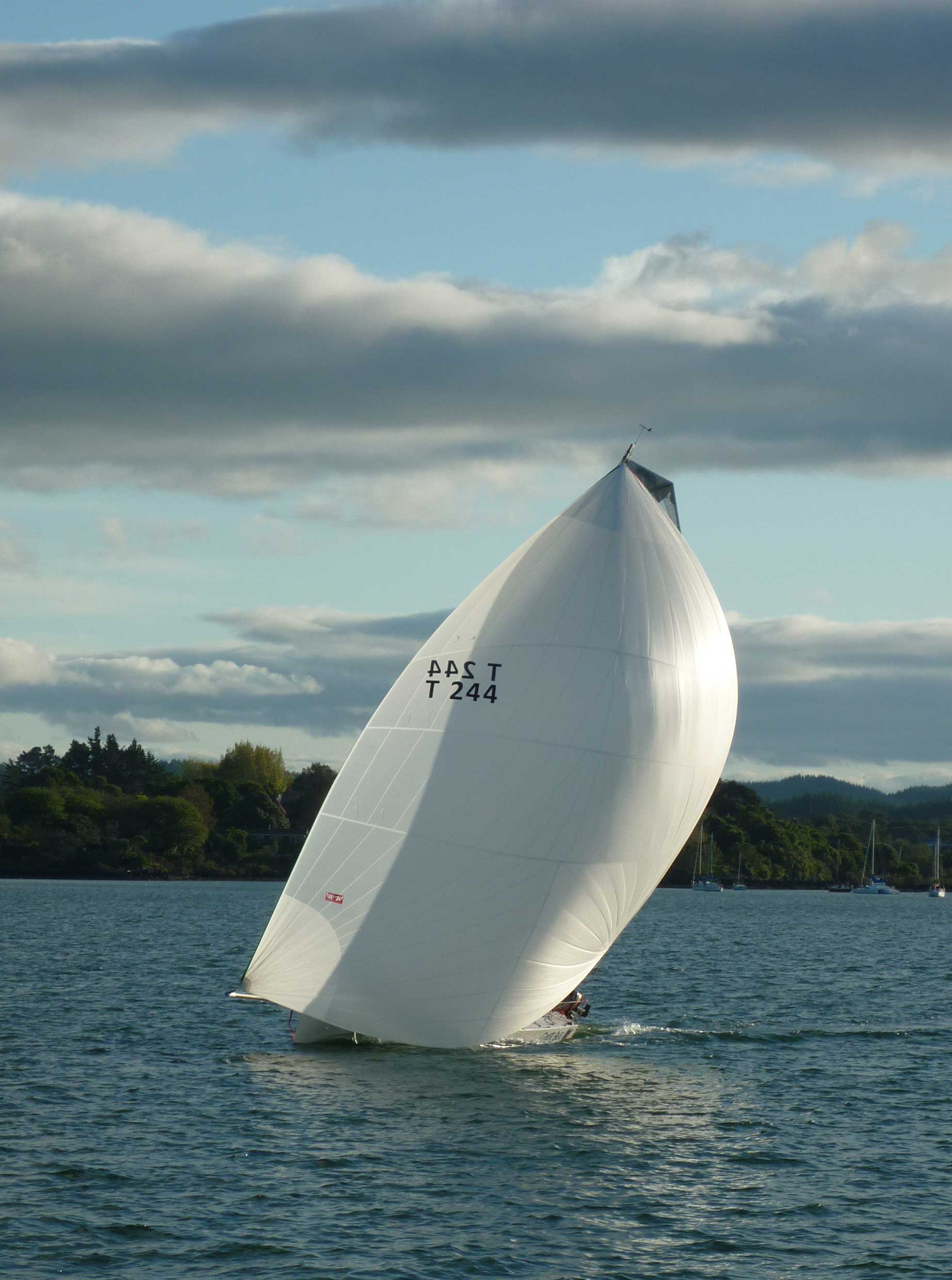
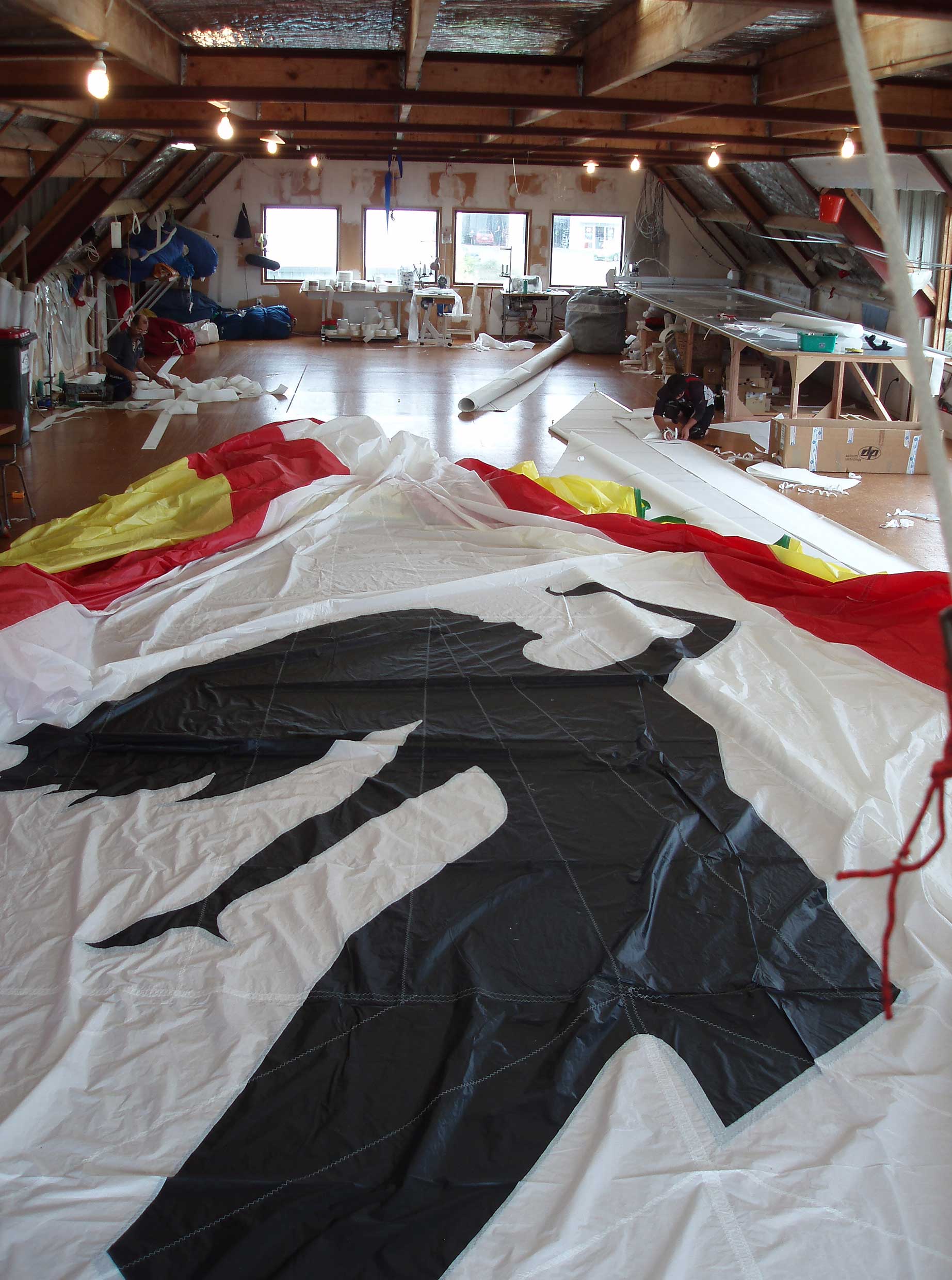
It should go without saying, but you get what you pay for. Investing a little more in sails that are well designed and built will pay off down the line. You may initially save money when you buy a cheaper sail, but lower quality materials and craftsmanship will mean you need to spend much more on sail maintenance in the long run.
Inferior quality sails will need regular re-cuts to maintain the shape, as well as repairs as a result of shoddy workmanship. On the other hand, good quality sails will hold their shape for much longer, and should be designed to cope with the conditions in which they’ll be used.
Always reduce sail as the wind builds, or you risk ‘blowing out’ your sails and ruining their shape. Certain sails, particularly racing sails, are designed to be used for specific wind speed ranges. So always reef down or change down, and use the right amount of sail area for the conditions.
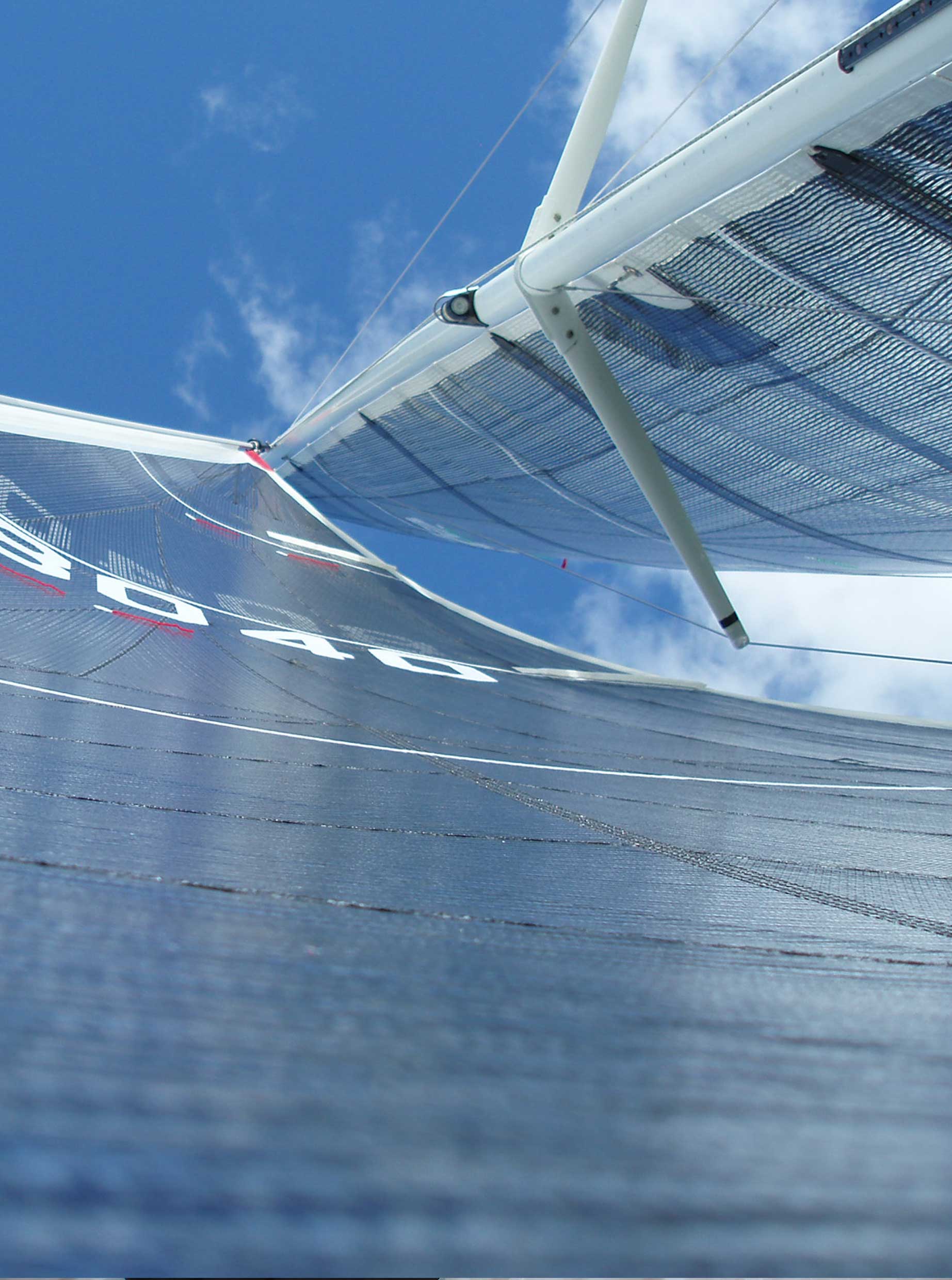
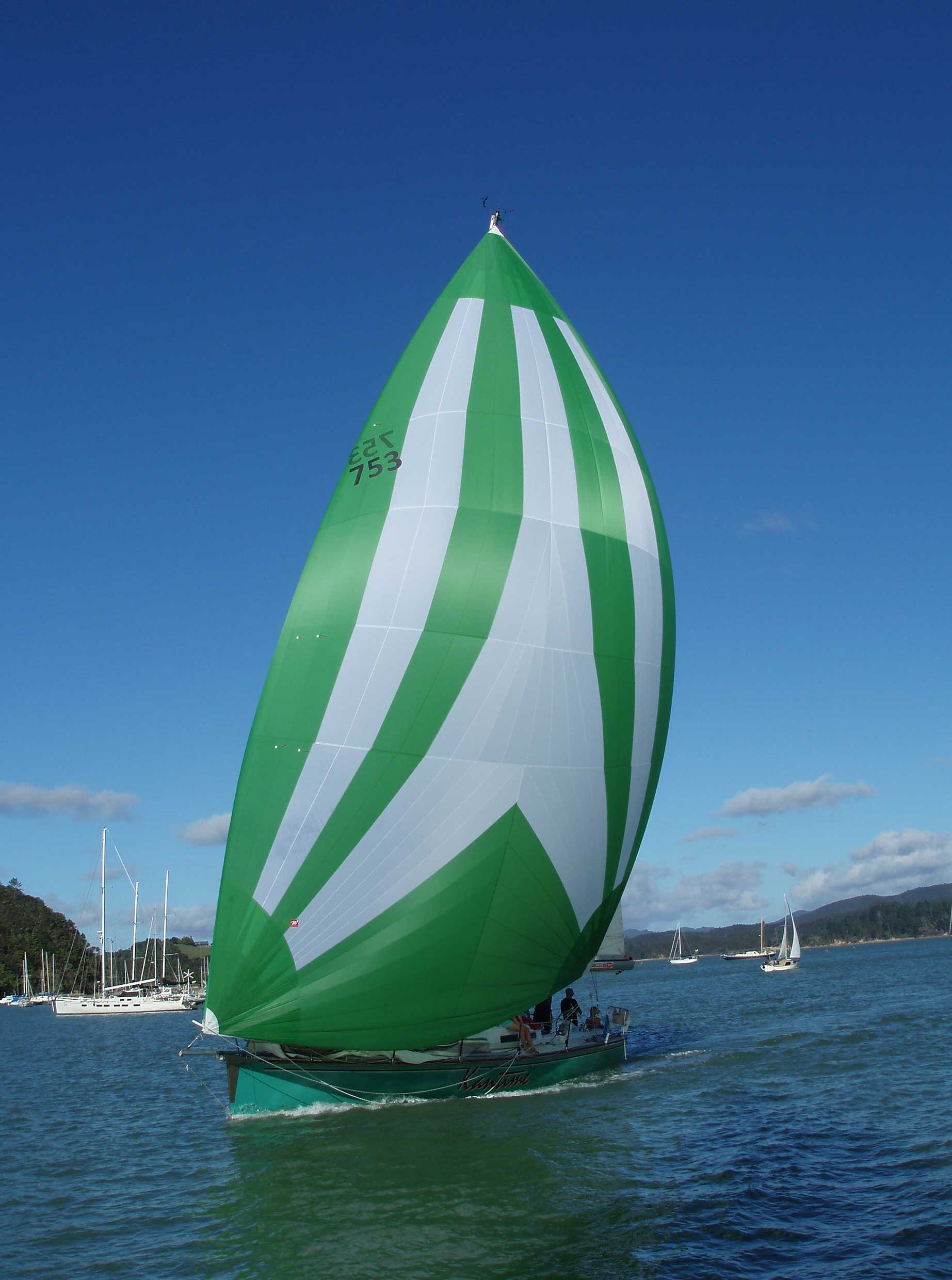
Flogging can quickly degrade sail cloth, so keep flogging to a minimum by hoisting sails quickly, and sheeting on again promptly after tacking. If you’re motoring while hoisting your sails, always idle slowly into the wind, rather than going full throttle, to keep flogging to a minimum. Decrease leech flutter by pulling leech lines tight when sailing as well.
Try to keep chafe to a minimum, particularly on long passages where the repetitive rubbing can cause damage to your sails over time. Sheet your main in a little when running to keep it off the spreaders. Make sure your genoa isn’t rubbing on stanchions or lifelines. And don’t let the lazy running backstay rub the leeward side of your main.
UV light is unavoidable while sailing, but you can massively extend the life of your sails by protecting them from sunlight when not in use. Make sure you invest in a good sail cover made from a UV protective canvas like Sunbrella, and use it every time you flake the main onto the boom. Genoas should be fitted with UV covers as well, to protect them from the sun when furled.
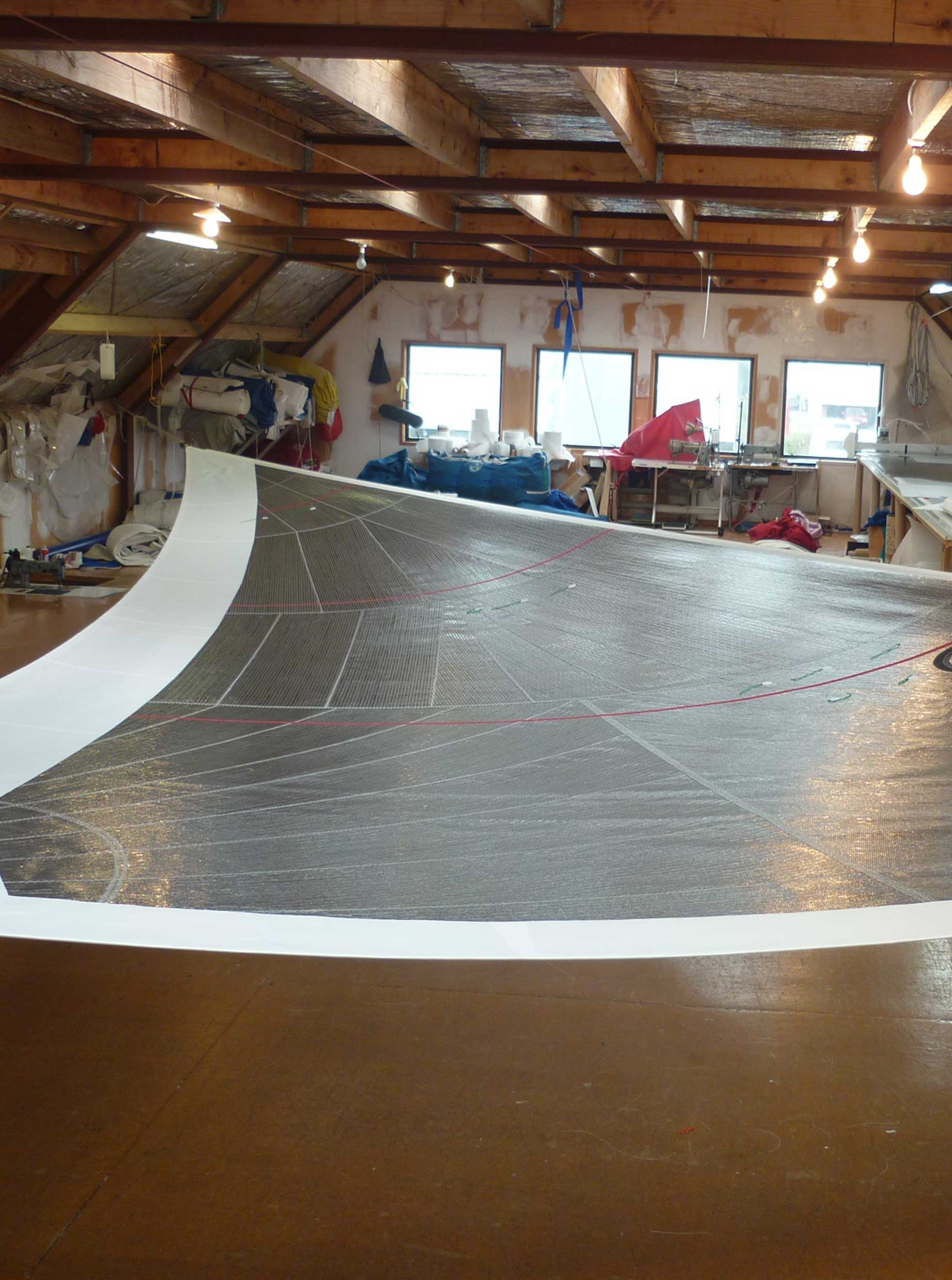

Before storing your sails, wash them down gently with fresh water to remove any salt, and dry them completely. Sails that are flaked or rolled and stored wet can quickly develop mould and mildew spots that are all but impossible to remove.
Spinnakers should also be completely dry before being stored, as the colours will often bleed into one another if the sail is packed when wet.
With well built sails, good sail covers and a little care, there’s every reason to expect your cruising or racing sails to last for many years. However, we can also carry out repairs and re-cuts on damaged or older sails, to extend their lifespan even further.